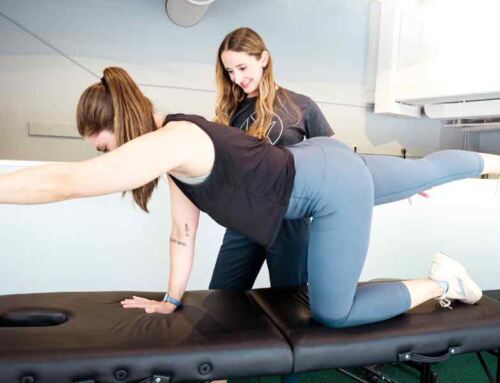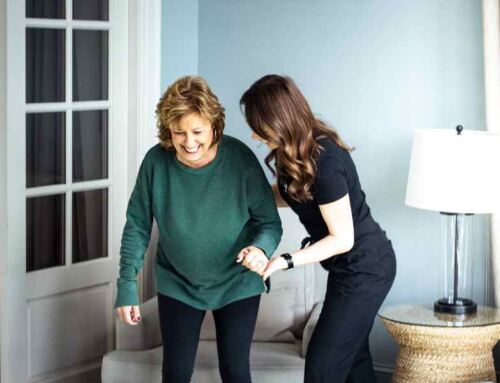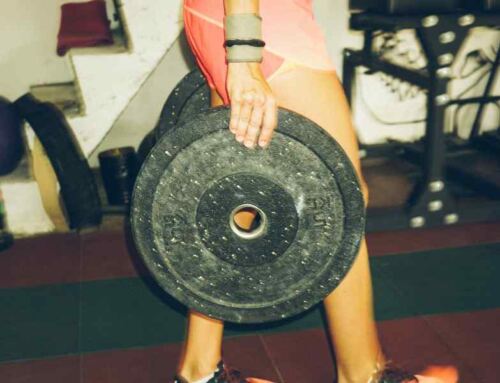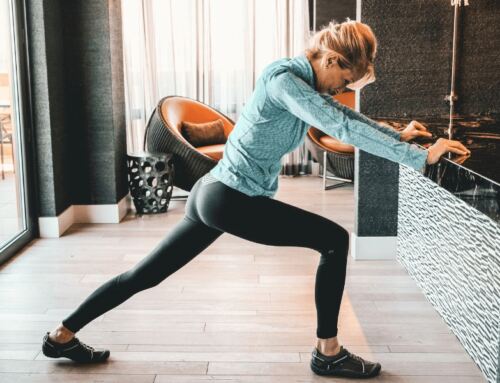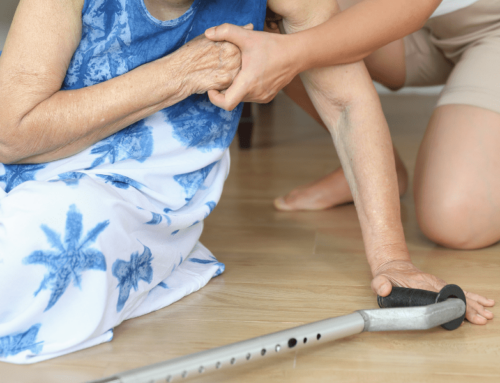Predict Your Longevity with This Evidence-Based Challenge
The ability to sit down and rise from the floor without using your hands is positively related to longevity (Brito, et al., 2012). In an article by the European Journal of Preventive Cardiology, a team of researchers has shown that the floor to stand test is predictive of how long you will live, relatively speaking. This is no crystal ball that will reveal your final age, but the floor to stand test is a significant predictor of mortality in older populations of 51-80 years old.
So now that you’ve tried the floor to stand test challenge, how do you feel? Were you surprised at the difficulty of the movement, or was it no sweat? There are several areas of movement that can help you improve your score. But first, why are we doing this floor to stand challenge, and what does it mean in regards to my overall health and longevity?
Why is this important?
Let’s take the focus away from the mortality piece, and apply it to living and moving well. Simply put: as we age, we all want to preserve our autonomy and ability to function freely in our activities of daily life. For aging populations, quality of movement can be either a barrier to success, or a vital key to living without inhibition. “The inability to perform these (sitting and rising from the floor) and similar actions are closely related to the risk of falling, and if a fall has occurred, the capacity to return to an upright position is critical” (Brito, et al., 2012.) If we fall, can we get back up? If we drop something, is it easy to retrieve?
To review, the floor to stand challenge is as follows:
Part 1: Find a way to sit on the floor from a standing position without using your hands, arms, or knees for assistance. Not so bad, right?
Part 2: Return to a standing position without using your hands, arms, or knees to help you back up.
Scoring: A perfect score is 10/10. 0.5 Points are deducted every time you use a hand, arm, or knee for help. For every loss of balance, another 0.5 is deducted from your score.
Don’t worry, all hope is not lost if the floor to stand was more challenging than expected…
Let’s take a look at what will help you achieve that perfect 10/10 score for the floor to stand challenge. Reference and share this Free Logevity PDF for more information!

Leg Strength:
Your legs are the main driver for this exercise, because remember, hands and arms are off limits! Strength in a slow and stable eccentric squat and/or curtsy lunge, and a controlled drive back up are the framework for your floor to stand challenge.
- Squats (adding depth and load progressively)
- Glute Activated Lunge/Curtsy Lunge
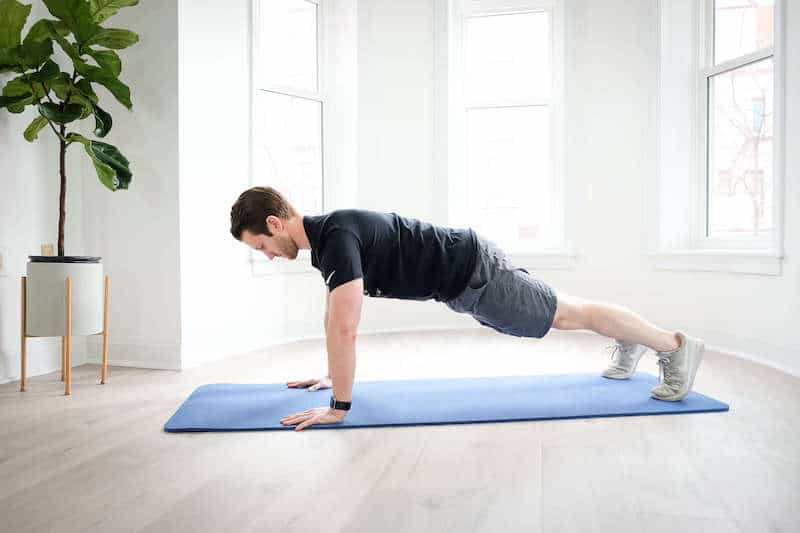
Trunk Strength:
Building off of your framework of leg strength, our core is obviously pulling a great deal of load here. We have to maintain an upright position with chest high and core tucked in tight. One of the most effective ways to train our trunk strength (and full body) is the push-up! Not to mention, push-ups are another predictor of longevity, but we will save that for another time! Swimmer kicks train your posterior chain to balance those push- up gains!
- Push-ups
- Swimmer kick
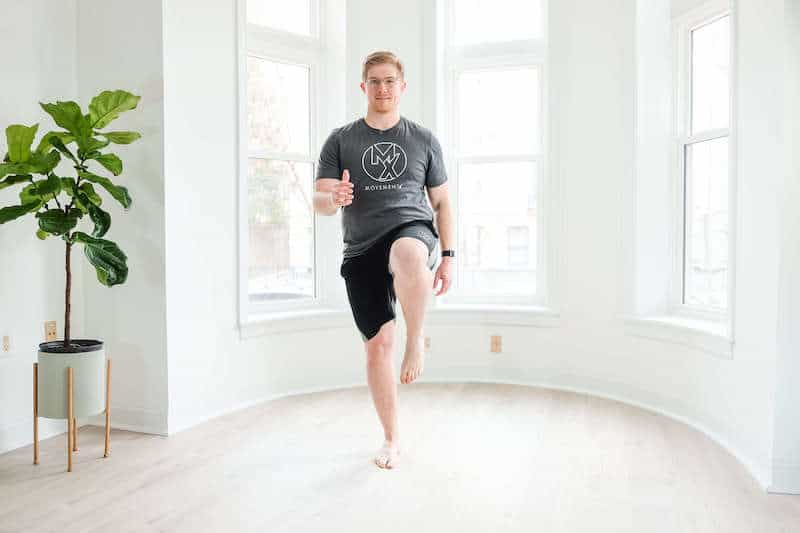
Balance/Motor Coordination:
So your framework is strong, but losing points to balance is a big piece of our floor to stand challenge. Balance is essential to functional movement, and sometimes overlooked in training regimens. Single leg exercises are one of the best trainers of balance, forcing control and stability through a movement that you may find easy on both feet.
- SL Deadlift
- SL Kicks aka “Rock The Boat
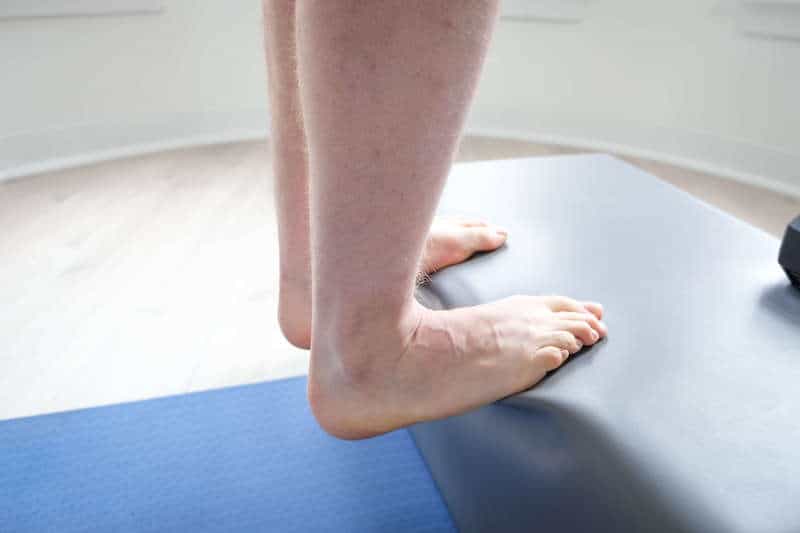
Mobility/Flexibility:
Lastly, we focus on mobility and flexibility. The most dynamic portion of the floor to stand test is the ability to fold at our hips, flex in our ankles, and bend at our knees with control. Mobility is often underrated, but is crucial to feeling and moving at our best.
- Ankle Dorsiflexion
- Hip Butterfly Stretch
As we look forward to our future, even in times of chaos, one thing rings true. Living a long and happy life is important! When we consider what will get us there, movement continues to be our best tool. At MovementX, our mission stands true to help others move well and live well. Stay safe, stay healthy, and keep moving!
Reference:
Brito, Leonardo & Ricardo, Djalma & Araújo, Deniaw & Ramos, Plinio & Myers, Jonathan & Araújo, Claudio Fil. (2012). Ability to sit and rise from the floor as a predictor of all-cause mortality. European Journal of Preventive Cardiology. 21(7). 892–898. Doi: 10.1177/2047487312471759.
About the Author
Meredith Black is a registered nurse, personal trainer, and wellness advocate with MovementX in Arlington, VA. Meredith is a graduate from Virginia Tech with a BS in Psychology and from VCU with a BS in Nursing. She specializes in sports and functional training to help her clients live healthier, stronger, more active lives. Meredith is also the lead instructor for AgeProof Your Body.



